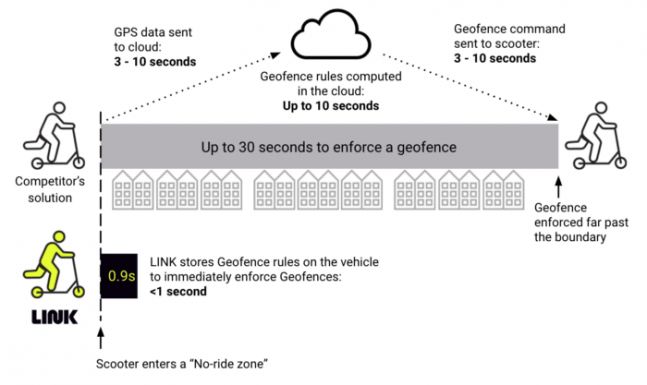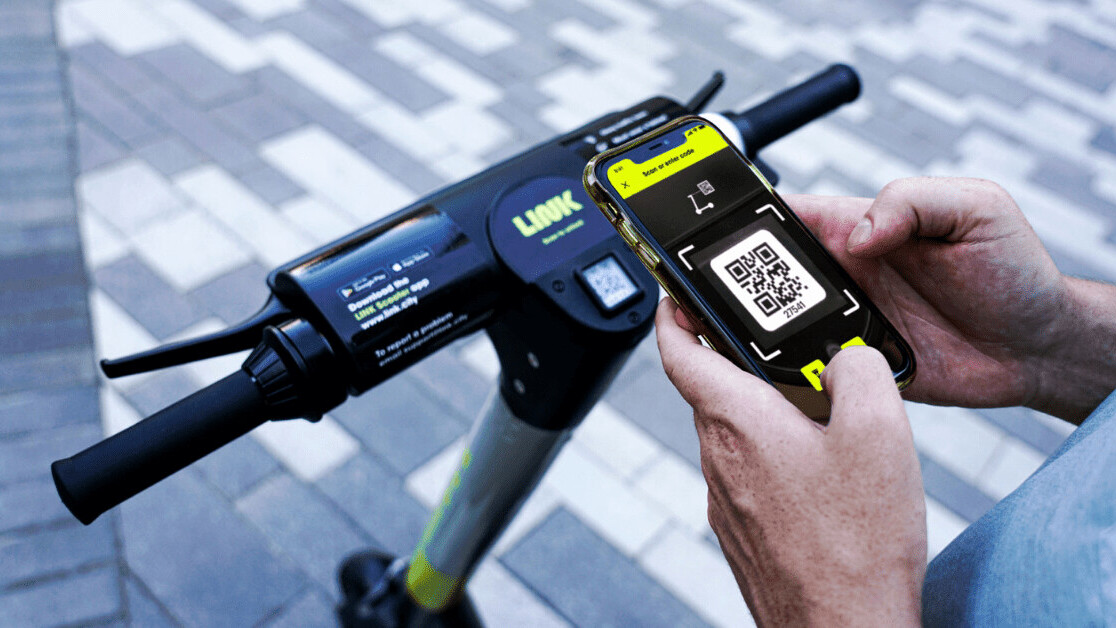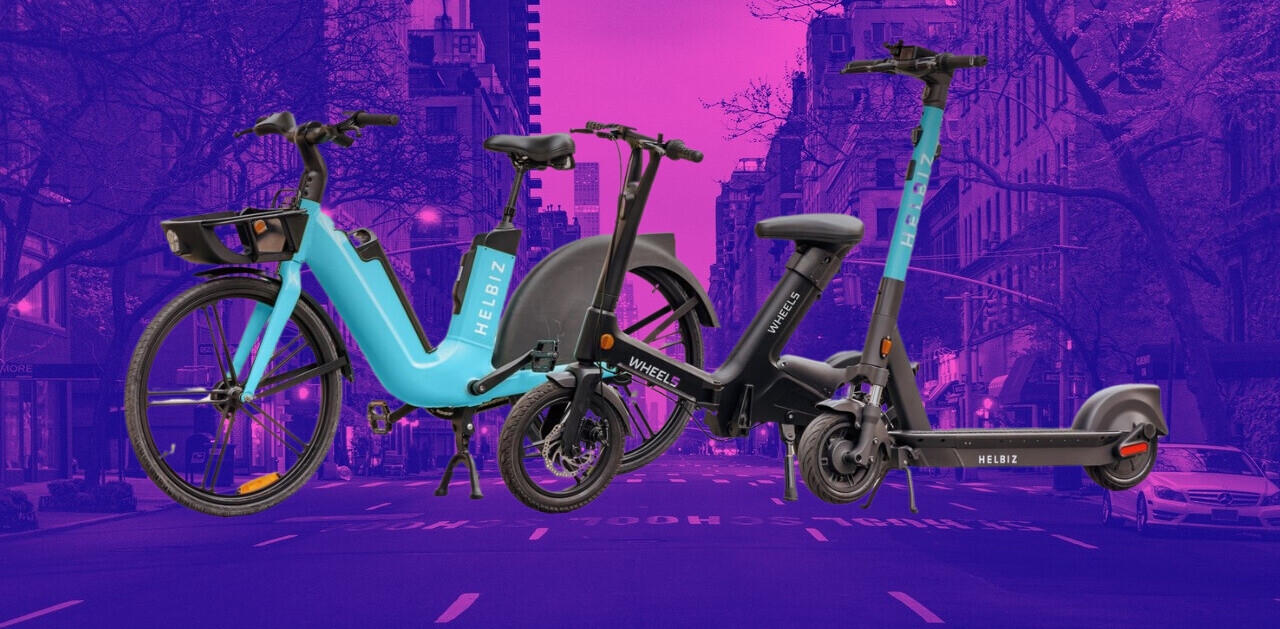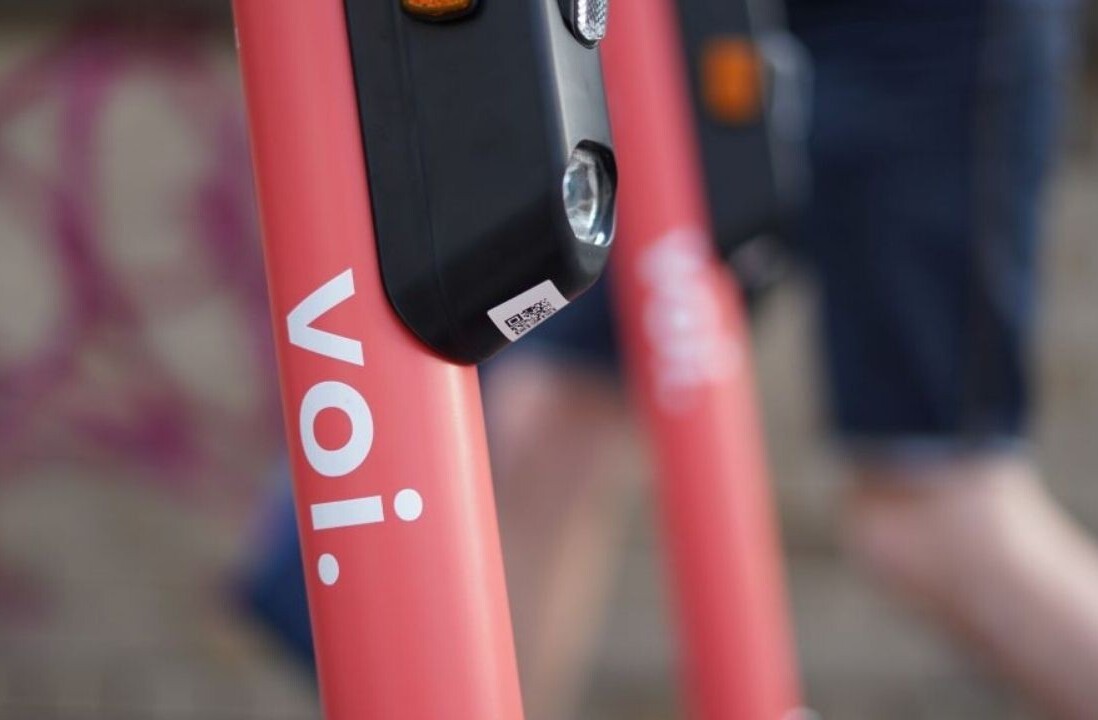This article was originally published by Christopher Carey on Cities Today, the leading news platform on urban mobility and innovation, reaching an international audience of city leaders. For the latest updates follow Cities Today on Twitter, Facebook, LinkedIn, Instagram, and YouTube, or sign up for Cities Today News.
American firm Superpedestrian claims to have designed an inbuilt sensor-based geofenced system on its LINK e-scooters which ensures riders cannot use them within a second of leaving an authorized zone.
The company, founded by urban transport experts at the Massachusetts Institute of Technology, has received approval to operate in the UK from the Department for Transport (DfT) and is currently in talks with local authorities in London regarding upcoming escooter trials.
Speaking to Cities Today, Paul White, Director of Public Affairs at Superpedestrian, said: “Geofencing has been implemented very imperfectly in the industry to date, nobody has got it right.
“The two limitations that really prevent this are, one, the inherent inaccuracies of GPS – especially in cities where you can see your location on a map on your phone that doesn’t match your actual location.
“The other issue is the time lag. All other companies store their geofencing coordinates on a cloud, so it’s necessary for the scooter to communicate to the cloud to enforce the geofence, and this communication via a cellular network can take one to five seconds, or even 30, depending on the strength of the signal.”

The firm says its mapping data is installed directly on to the scooter, so it doesn’t have to rely on cellular technology for an accurate result.
Measures are also in place to ensure the scooters do not shut off in unsafe locations, such as in the middle of a junction.
“It’s a very tricky demarcation between a multi-use pedestrian path, a bike lane and a road, but we can discern this in a very accurate and timely fashion,” White added.
The LINK escooter launched in several US cities last year, and earlier this summer in Rome.
While the private use of escooters is currently illegal in the UK, a number of limited trials have been established by the government to determine their suitability. The latest is in Liverpool.
SHIFT is brought to you by Polestar. It’s time to accelerate the shift to sustainable mobility. That is why Polestar combines electric driving with cutting-edge design and thrilling performance. Find out how.
Get the TNW newsletter
Get the most important tech news in your inbox each week.






